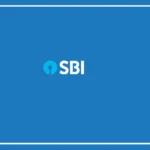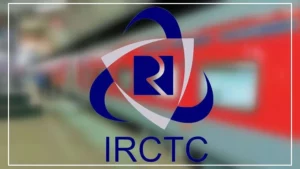Often, we worry that after retirement, we will face financial difficulties. While the stress of going to work every month will end, our expenses will remain the same.
This makes retirement planning very important. There are many government and private schemes available that provide a monthly pension.
Some schemes offer guaranteed returns, while others are market-linked. However, they all provide a monthly income. Let’s look at five such pension schemes:
Senior Citizen Saving Scheme Account (SCSS)
This post office scheme offers an interest rate of 8.20% per annum. The minimum investment is Rs 1000, and the maximum is Rs 30 lakh, which must be deposited in one go.
You receive a monthly income in the form of interest over five years. Under Section 80C of the Income Tax Act, you can get an exemption of up to Rs 1.5 lakh on the deposited amount.
Atal Pension Yojana
This scheme is designed for senior citizens. Depending on your investment, you can receive a monthly pension ranging from Rs 1000 to Rs 5000 after the age of 60. To benefit from this scheme, you must apply between the ages of 18 and 40.
Post Office Monthly Income Scheme Account (MIS)
This post office scheme allows you to invest a lump sum amount and receive a monthly pension for five years. The deposited amount is returned after five years. The scheme offers an annual interest rate of 7.4%, paid monthly.
The maximum investment is Rs 9 lakh for individuals and Rs 15 lakh for couples. An individual can receive a maximum monthly pension of Rs 5,550, while a couple can get up to Rs 9,250.
Systematic Withdrawal Plan (SWP) in Mutual Funds
Mutual funds offer a Systematic Withdrawal Plan (SWP) for monthly income. You invest a lump sum in a mutual fund, and the fund provides a fixed monthly pension. However, since this is a market-linked investment, there is a risk of capital loss if the fund performs poorly.
Fixed Deposit (FD)
Post offices and banks offer fixed deposit (FD) facilities for various tenures. You earn interest on the deposited amount, payable monthly, quarterly, biannually, or annually. Additionally, senior citizens typically receive 0.25% higher interest rates than regular citizens.
























